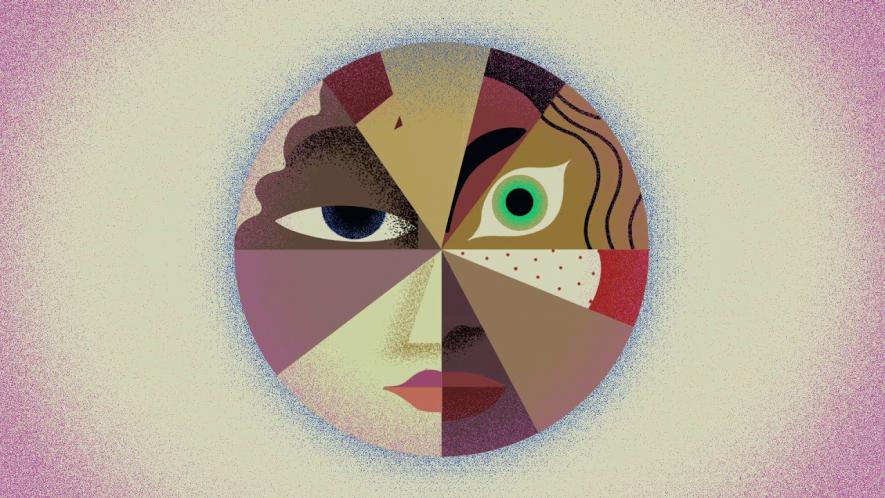Project ‘Pangenome’ Attempts to Bring Forth Genetic Diversity of Humans

Image for representational purpose. Credit: National Human Genome Research Institute, US.
The genome, roughly, is the totality of the genetic material of a species. The genetic material, either the DNA or the RNA, has the codes that are characteristic of a species. However, within a species also, there exist variations, which are manifested in the genome. These variations, however subtle, can impact the physiology of the species. And when it comes to humans, with a huge genome, the variations may play paramount roles in many aspects, especially in medical treatment or diagnosis.
To catalogue human genetic diversity, scientists have teamed up and have compiled the first draft of it. Under what is known as the ‘Pangenome’ project, the first draft of it was published on May 10 in Nature. This project was launched in 2019 under the ‘Human Pangenome Reference Consortium’. The Pangenome, till now has the complete genomes of 47 individuals from different parts of the globe – Africa, the Americas, Asia as well as Europe. The Pangenome team aims to analyse the genomes of 350 individuals representing diverse genetic backgrounds and also from diverse cultural and geographical backgrounds by mid-2024. This will indeed be a gargantuan task because sequencing the complete genome is a time-taking process.
The much-highlighted HGP (Human Genome Project) could have produced the first draft of the human genome in 2001. However, it was not finished by that time. The first draft missed 8% of the genome, owing to the hardship with the technology available then. Since then, scientists have made efforts to fill in the gaps and it was only in 2017 that the last update was done, known as the GRCh38. It was only last year, the most complete human genome was published. It is the one representing 100% of the human genome.
The GRCh38 is the complete reference genome available to date. But does this reference genome represent all the diversity our species has? It does not. Because the reference genome encompasses genetics of mainly European ancestry. Then, how will it explain particular traits associated with a particular population, for example, the African people, which are not present in others? Not only that, even selecting medical tools can be problematic if it depends on the reference genome. A medical tool proven useful for European ancestry may not be suitable for someone belonging to a non-European ancestry.
Genetic diversity also represents the alleles, which are the different forms of the same gene. Some alleles may be present in a population, while absent in others. For this, we need genomic information that represents the diversity embedded in the human genome. To cater to more variations in the genomic data, the Pangenome scientists collected those 47 genomes from individuals representing each continent of the world barring Antarctica.
The scientists tried to bring out high-quality resolution of the genomes and their experiments added 119 million more base pairs (the building blocks of the DNA or RNA) of DNA to the already known 3.2 billion present in GRCh38. The first pangenome draft also consists of 1,115 new gene duplications.
According to Krystal Tsosie, a genetic epidemiologist at Arizona State University, USA, the team needs not only to include genome diversity but also needs to engage with the communities from whom they collect the data. This, Tsosie believes, is important to know the diseases and health conditions of the communities. Tsosie believes that she is yet to see this.
Get the latest reports & analysis with people's perspective on Protests, movements & deep analytical videos, discussions of the current affairs in your Telegram app. Subscribe to NewsClick's Telegram channel & get Real-Time updates on stories, as they get published on our website.














